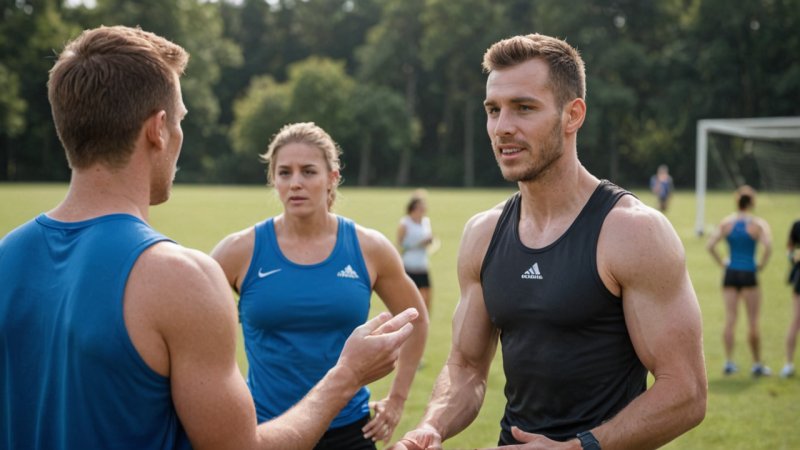In the world of sports, feedback from coaches is an invaluable resource that can significantly enhance an athlete's performance. Whether it’s a subtle tweak in technique or a fundamental shift in strategy, understanding and effectively utilizing the insights provided by coaches can lead to improvement and success. The relationship between an athlete and their coach is built on trust, communication, and a shared goal of excellence. This article will delve into the importance of feedback, how to effectively receive and implement it, and the strategies athletes can use to leverage their coaches' insights for maximum performance enhancement while ensuring safety and efficiency.
The Importance of Feedback in Sports
Feedback is essential for growth in any field, and sports are no exception. Coaches are trained to observe, analyze, and provide constructive criticism that can help athletes identify their strengths and weaknesses. This feedback loop is critical for several reasons:
- Skill Development: Coaches can point out specific areas where an athlete can improve, whether it's refining a technique or enhancing physical conditioning.
- Injury Prevention: Coaches often have expertise in recognizing unsafe practices or habits that could lead to injury, allowing athletes to correct them before issues arise.
- Confidence Building: Positive feedback can boost an athlete's confidence, motivating them to push through challenges and perform at their best.
Receiving Feedback Effectively
Receiving feedback is a skill in itself. Athletes must cultivate an open mindset to appreciate constructive criticism and understand its value. Here are strategies to receive feedback effectively:
- Listen Actively: When a coach provides feedback, listening carefully is crucial. Avoid interrupting and allow them to express their thoughts fully before responding.
- Ask Clarifying Questions: If feedback is unclear, don’t hesitate to ask questions. This demonstrates engagement and a desire to understand fully.
- Stay Open-Minded: It's natural to feel defensive about criticism. However, remind yourself that feedback is meant to help you improve, not discourage you.
Implementing Feedback for Performance Improvement
Once feedback is received, the next step is implementation. Here are some practical steps to ensure that feedback translates into tangible improvements:
- Set Clear Goals: After discussing feedback with your coach, set specific, measurable goals for improvement based on their insights. This provides a roadmap for your training.
- Develop a Plan: Work with your coach to create a training plan that incorporates the feedback. This might include new drills, techniques, or conditioning exercises.
- Monitor Progress: Keep track of your performance in relation to the feedback. Regularly assess whether the changes are leading to the desired results.
Maintaining Communication with Your Coach
Ongoing communication with your coach is vital for continuous improvement. Here’s how you can maintain an effective dialogue:
- Regular Check-Ins: Schedule consistent meetings or discussions to review your progress and discuss any new challenges you face.
- Be Honest: Share your feelings about the feedback, including what you find difficult or what works for you. This honesty fosters a supportive environment for growth.
- Encourage Constructive Feedback: Let your coach know that you appreciate constructive criticism. This will encourage them to provide you with more detailed insights.
Utilizing Technology for Feedback Analysis
In today’s digital age, technology can enhance the feedback process. Coaches and athletes can leverage various tools to analyze performance more effectively:
- Video Analysis: Recording training sessions can help both coaches and athletes review techniques and identify areas for improvement.
- Wearable Technology: Devices that track heart rate, speed, and other metrics can provide valuable data to inform feedback and adjust training plans.
- Performance Apps: Utilizing apps designed for athletes can help monitor progress, set goals, and store feedback in a centralized location.
Conclusion
Feedback from coaches is a powerful tool that athletes can use to enhance their performance while prioritizing safety. By actively listening to feedback, setting clear goals, and maintaining open communication with coaches, athletes can create a productive feedback loop that leads to continuous improvement. Moreover, integrating technology into the training process can provide additional insights that further refine an athlete's performance. Ultimately, embracing feedback and viewing it as a pathway to growth can empower athletes to reach new heights in their sports while staying safe and effective in their pursuits.






